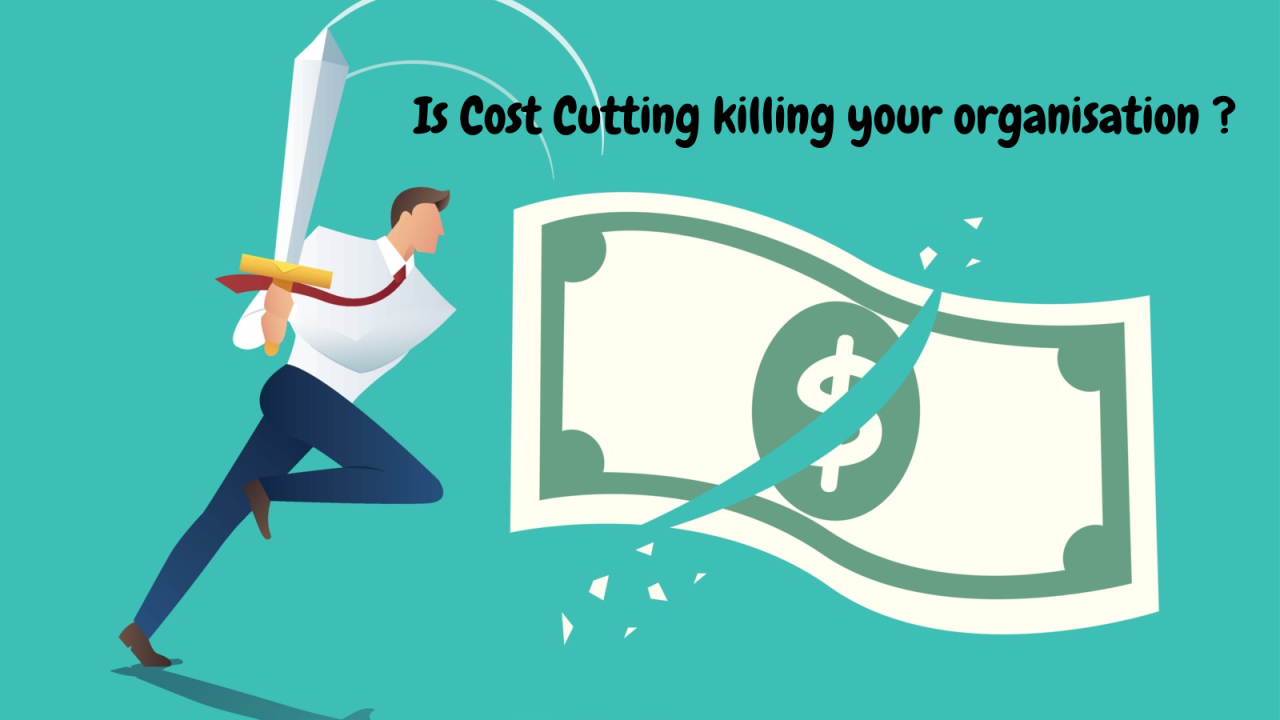Customers Tighten Their Budgets Due To Economic Uncertainty, IT Demand Declines
Businesses are prioritizing cost-cutting measures as a result, which includes reducing technology spending and postponing projects related to IT

As customers from a variety of industries started to tighten their wallets recently, the IT industry saw a major fall in demand.
With corporations cutting back on their technology investments and taking a cautious stance, the once-booming digital market is now going through a difficult time.
This article explores the causes of the declining tech demand, its effects on the sector, and the tactics tech companies can use to successfully weather this downturn.
Cost-cutting owing to Economic Uncertainty
The drop in tech demand has been significantly influenced by the current economic uncertainty. Due to market instability, geopolitical unrest, and the pandemic’s continuing effects, businesses are becoming more cautious.
Businesses are prioritizing cost-cutting measures as a result, which includes reducing technology spending and postponing projects related to IT.
This tendency has impacted several IT industries, including software, hardware, services, and consulting.
Businesses have been forced to exercise prudence and reassess their expenditure priorities as a result of the current economic concerns, which include market volatility, trade disputes, and geopolitical tensions.
As a result, businesses are choosing their IT investments with greater care. They are choosing to put cost-cutting measures first and postpone or scale back IT projects, which is decreasing demand for technology across all industries.
Shift in Priorities
Many organizations are focusing their attention on core operations as a result of financial constraints.
Non-essential IT investments are being postponed or abandoned as businesses focus their resources on preserving stability and taking care of urgent business demands.
Tech companies that largely relied on fresh implementations, improvements, and expansions have suffered as a result of this change in priorities.

Companies concentrate on cost optimization in uncertain economic times to keep their finances stable. Investments in technology, which can be significant, frequently come under examination.
Businesses are increasingly looking for methods to reduce costs while getting more out of their current technological infrastructure.
As businesses reduce discretionary expenditure and restrict the purchase of new technologies, this cost optimization mentality directly affects the demand for technology.
Remote working becoming the New Normal
The demand for technology that enables distance work and collaboration via the Internet suddenly increased during the pandemic.
However, the initial frenzy has subsided and the quick uptake of working-from-home tools has stabilized as the globe gets used to the new normal.

Because businesses have now determined their core technological needs and are being more careful about future expenditures in this area, there is a decline in demand for technological solutions.
Increased Replacement Cycle Length
Businesses have extended their technological replacement cycles as a result of the protracted economic uncertainties and the cost-conscious climate.
Companies are choosing to make the most of their current technological infrastructure rather than spending money on pricey upgrades or replacements.
Sales for tech suppliers have been adversely impacted by this change, particularly those that provide often updated hardware and software solutions.
Reduced Capital Expenditure and Budgets
Many organizations find themselves with lower budgets and capital spending capacities as a result of economic concerns that affect corporate revenues and profitability.
Organizations are less able to make investments in new technological initiatives or improve their current infrastructure due to the decrease in available money.
Clients choose vital expenses over technological developments, which causes a major decline in tech demand.

Managing the Recession
Tech firms should highlight the benefits their solutions provide for their clients’ enterprises.
Companies can persuade investors to invest in their technology products by showcasing concrete advantages like cost savings, efficiency gains, or higher productivity.
Offering flexible price alternatives, such as pay-as-you-go options or subscription-based services, can lessen the financial pressure on customers and increase the accessibility of ICT solutions during times of austerity.
With this strategy, firms can acquire the technology they require without making significant upfront costs.
Certain industries may be resilient or see rising demand even if overall tech demand declines. These industries should be identified by tech businesses, and their services should be tailored to their particular requirements.
Examples include cybersecurity, e-commerce platforms, remote working tools, and medical equipment.

To be competitive and align with shifting market conditions, tech companies need to keep innovating and modifying their products.
Finding emerging trends can create new opportunities and draw clients looking for cutting-edge solutions. Examples include artificial intelligence, IoT, or sustainability-focused technologies.
To adapt to shifting customer needs, tech organizations may want to consider diversifying the products and services they offer.
This can entail diversifying into new industries or concentrating on niches with strong demand, such as data analytics, cloud computing, or cybersecurity.
Gaining access to fresh markets and consumers can be accomplished through partnering with larger corporations or cooperating with similar tech startups.
By combining resources and knowledge, it is possible to grow while surviving a slump.
Conclusion
The technology sector is struggling with declining demand across several sectors as customers tighten their spending strings.
This downturn has been exacerbated by shifting objectives, unpredictable economic conditions, and longer replacement cycles.
However, tech companies can put themselves in a position to survive the difficulties and emerge bigger once the economy recovers by expanding their services, concentrating on client-centered solutions, establishing strategic partnerships, and reducing expenses.
Proofread, Edited & Published By Naveenika Chauhan





